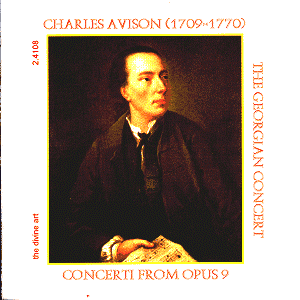 Composer: Gioachino Rossini
Composer: Gioachino Rossini
Works: Ah, dov’è, dov’è il cimento – Semiramide; Che ascolto! – Otello; Cessa di più resistere – Il barbiere di Siviglia; Vieni fra queste braccia – La gazza ladra; Concedi, amor pietoso – L’Italiana in Algeri; S’intessano agli aliori / Terra amica – Zelmira; Oh fiamma soave – La donna del lago; Sì, ritrovarla io giuro – La Cenerentola
Performers: Juan Diego Flórez (tenor), Coro Sinfonico di Milano Giuseppe Verdi, Orchestra Sinfonica di Milano Giuseppe Verdi, Riccardo Chailly
Recording: Auditorium di Milano, May and August 2001
Label: DECCA UNIVERSAL CLASSICS 470 024-2
Gioachino Rossini, a towering figure in the bel canto tradition, crafted a repertoire that blends technical virtuosity with lyrical expressiveness. This collection of arias, performed by the remarkable tenor Juan Diego Flórez, showcases both the breadth of Rossini’s operatic output and the exceptional capabilities of a singer who has quickly risen as a leading interpreter of this repertoire. The selections span a range of Rossini’s works, illustrating the composer’s flair for character-driven expression coupled with intricate vocal lines.
Flórez’s interpretation throughout this recital is nothing short of electrifying. The disc opens with the aria “Ah, dov’è, dov’è il cimento” from Semiramide, setting a high standard with its intimate yet powerful delivery. Flórez’s ability to shape the phrase “dov’è” reveals not only a mastery of tone color but also an emotional depth that captivates the listener from the very outset. His legato is seamless, and the way he navigates the demanding high tessitura is commendable; he tosses off high notes with a bravura that is often sought but seldom achieved in Rossini’s challenging repertoire.
Among the standout moments is “Concedi, amor pietoso” from L’Italiana in Algeri. This aria, while not the most flamboyant in the collection, serves as a litmus test for a tenor’s capabilities given its intricate demands on clarity of articulation and breath control. Flórez’s performance here is exquisite; the way he imbues the line “Voce che tenera mi parli al core” with a sense of yearning elevates this piece from mere technical exercise to heartfelt expression. It is a testament to his ability to blend the vocal brilliance expected of a Rossini tenor with a sensitivity that avoids the pitfalls of over-sentimentality.
The aria “Cessa di più resistere” from Il barbiere di Siviglia showcases Flórez’s technical prowess; the intricate coloratura is executed with unwavering precision, each note ringing clear and true. Here, the singer exhibits a commanding stage presence, underscored by his dramatic instincts—a quality that is equally evident in his collaboration with the Coro Sinfonico di Milano in “S’intessano agli aliori” from Zelmira. The ensemble work is superbly balanced, with Chailly’s direction ensuring that the orchestral forces provide a vibrant backdrop without overshadowing the soloist, enhancing the dramatic interplay of the music.
Engineering quality warrants special mention; the recording captures the vibrant acoustics of the Auditorium di Milano beautifully. The balance between voice and orchestra is expertly managed, allowing Flórez’s tenor to shine without compromising the orchestral details. The recording environment enhances the sense of immediacy, drawing the listener into the performance as if present in the hall.
While the repertoire may not be widely known outside of Rossini aficionados, this collection is an essential listen for opera lovers and an opportunity to witness the emergence of a tenor whose artistry is poised to leave a significant mark. Flórez’s combination of technical skill, interpretative depth, and engaging stage presence positions him as a formidable ambassador for Rossini’s music, making this recording not just a showcase of talent but a vital contribution to the discography of operatic performance. The meticulous selection of arias, paired with Flórez’s outstanding execution and the support of the Milanese forces, culminates in a recording that deserves a place in the pantheon of great Rossini interpretations.



